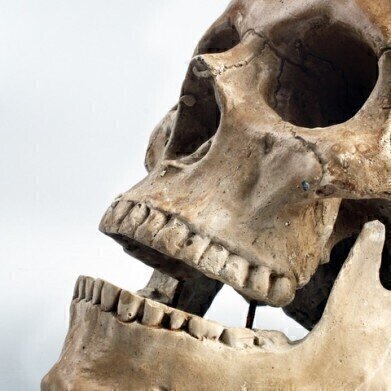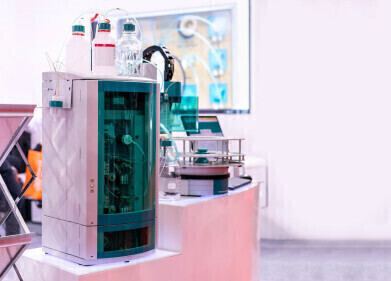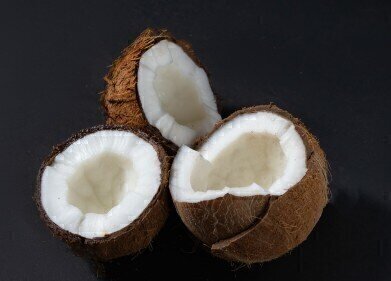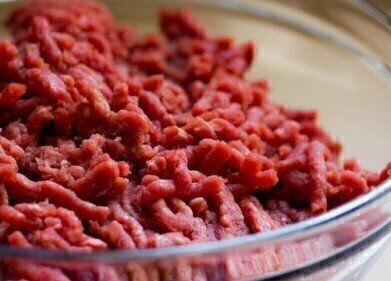Ion Chromatography (IC)
What's on the Menu? Chromatography Unearths Ancient Food Favourites
Jan 24 2017
What did our ancestors eat? A paper published in the journal The Science of Nature — entitled ‘Diet and environment 1.2 million years ago revealed through analysis of dental calculus from Europe’s oldest hominin at Sima del Elefante, Spain’ — reports on the latest research into what exactly our ancestors ate. Sabre-tooth tiger, grass, fish — what was it that Mrs Caveman fed her partner after a hard day’s hunting?
The teeth don’t lie — just ask a dentist
The team — from the University of York and the Universitat Autònoma de Barcelona — analysed the microscopic dental plaque found on a member of the genus Hominin who lived approximately 1.2 million years ago. The sample was taken from fragments recovered in 2007 from a site in Sima del Elefante in northern Spain — some of the earliest hominin fragments found in Europe. But what did the team find?
The archaeologists extracted microfossils from the plaque found between the teeth using ultrasonic scalar — a device used by dentists to clean your teeth. Plaque is formed by the action of bacteria on sugars found in food and drink. The team then used gas chromatography mass spectrometry (GC-MS) to analyse the samples that were extracted. Chromatography is more commonly used to analyse sugar samples in foodstuffs as discussed in the article, Direct Mono- and Disaccharide Determinations in Foods and Beverages.
Not a cooker in sight
The GC-MS analysis revealed traces of raw animal tissue, uncooked starch grains pollen grains, insect fragments and wood debris — the possible fragment of a toothpick. All the detected fragments were uncharred, and there was no evidence of microcharcoal being inhaled. All evidence that the food was eaten raw — uncooked.
The date when our ancestors first started using fire for cooking is hotly debated in archaeological circles. Some researchers argue that cooking started almost 1.8 million years ago, but other archaeologists argue that man only started cooking around 300,000 years ago.
Evidence of fire use in Africa has been found at early fossil sites, so the lack of evidence of cooking at the Sima site suggests that cooking hadn’t travelled to Europe with the earliest humans to migrate from Africa. The earliest evidence for fire use in Europe is from around 800,000 years in the past at Cueva Negra in Spain — so this new work helps to put the timeline for cooking food in Europe at between 800,000 and 1.2 million years ago.
In a press release from the University of York, Dr Karen Hardy the papers lead author states:
Here, we have been able to demonstrate that these earliest Europeans understood and exploited their forested environment to obtain a balanced diet 1.2 million years ago, by eating a range of different foods and combining starchy plant food with meat.
Could your dentist tell what you’ve been eating from the debris between your teeth?
Digital Edition
Chromatography Today - Buyers' Guide 2022
October 2023
In This Edition Modern & Practical Applications - Accelerating ADC Development with Mass Spectrometry - Implementing High-Resolution Ion Mobility into Peptide Mapping Workflows Chromatogr...
View all digital editions
Events
Apr 23 2024 Kintex, South Korea
Apr 23 2024 Seoul, South Korea
Apr 28 2024 Montreal, Quebec, Canada
May 05 2024 Seville, Spain
May 15 2024 Birmingham, UK














